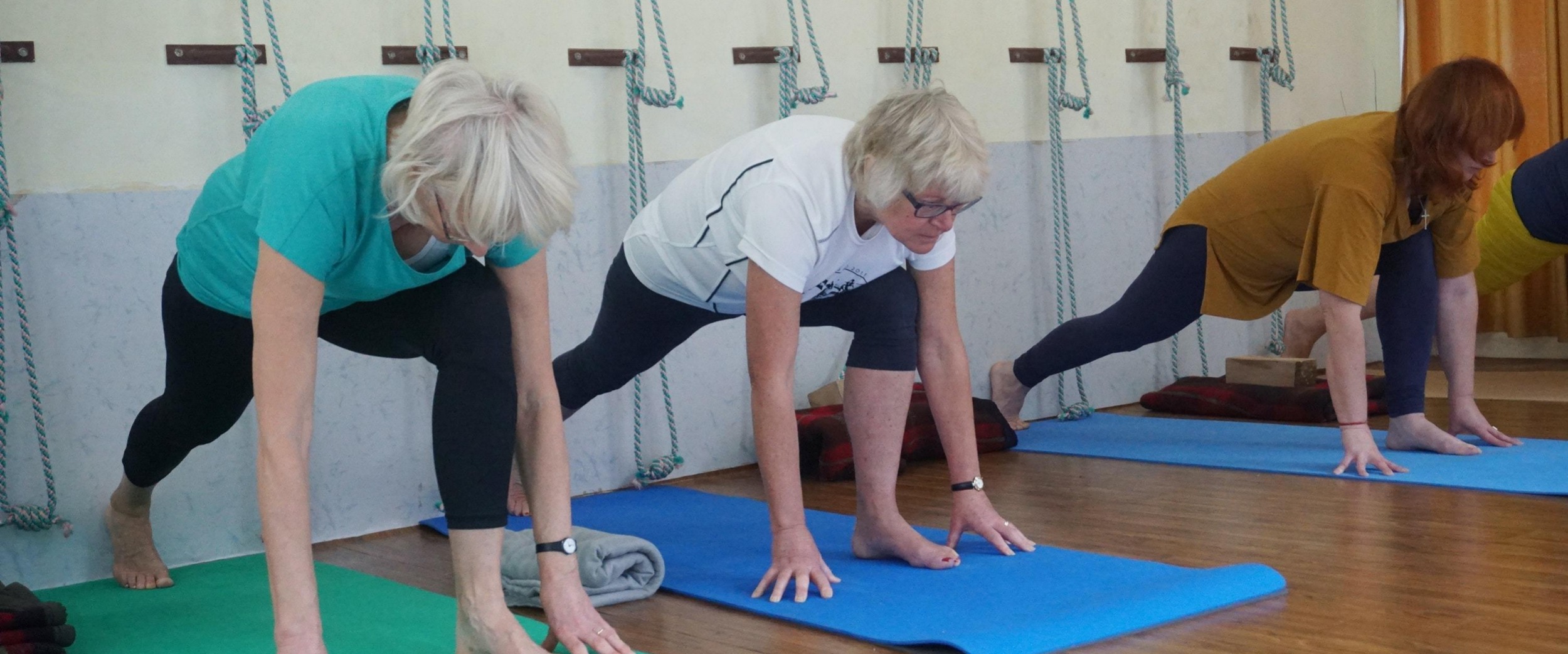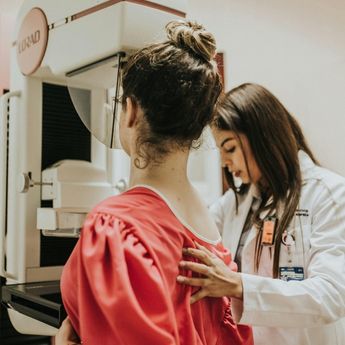If you have had surgery for breast cancer, you are at risk for lymphedema, a chronic swelling of the arm or another body part due to build-up of fluid. (This fluid, known as lymph, transports white blood cells and cellular debris throughout the body.) Removal of lymph nodes under the arm during breast cancer surgery or radiation therapy can cause a blockage in the lymphatic system, which causes lymphedema. It can develop shortly after your surgery or many years later.
Early signs of lymphedema include the following:
- Swelling that can be sudden, gradual, or occasional
- Clothing, rings, or a watch that feel tighter, but not due to weight gain
- Feelings of heaviness, tightness, fullness, or heat in the affected area
- Aches, shooting pain, or pins and needles in the affected area
- Skin that feels tight or stretched; sometimes its texture feels thicker
If you experience any of these symptoms, see your doctor. Ask for a referral to a certified lymphedema therapist.
Treatment for lymphedema includes:
- compression bandages and sleeves
- lymphatic drainage (a type of massage designed to stimulate lymph flow and reduce pain)
- exercises to improve the flow of lymphatic fluids
- good skin care to prevent infection
If you have lymphedema, you are at high risk for an infection. Therefore, it is important to avoid cuts, scrapes, and burns, as well as extreme heat or cold. Don’t apply heating pads or ice to the affected area, and avoid hot baths and showers, hot tubs, saunas, and swimming pools. Also, where possible, try to have injections, blood tests, or vaccinations in the arm that is not affected. Whenever possible, elevate your affected limb above the level of your heart.
Your certified lymphedema therapist will work with you to develop a treatment plan that is right for you. “Lymphedema is a lifelong condition and managing it takes a lifelong commitment from you. There’s a lot to learn at first, but when you take charge, your self-care becomes second nature1.”
You are not alone.
Across Canada there are trained lymphedema therapists, patient-focused organizations, and other people living with lymphedema who can help you. Contact your provincial lymphedema association or the Canadian Lymphedema Framework (CLF) at canadalymph.ca to connect with resources in your area.
References
1Canadian Lymphedema Framework. (2015). Taking charge of your health. Retrieved July 5, 2017 from http://canadalymph.ca/taking-charge-of-your-health/.







